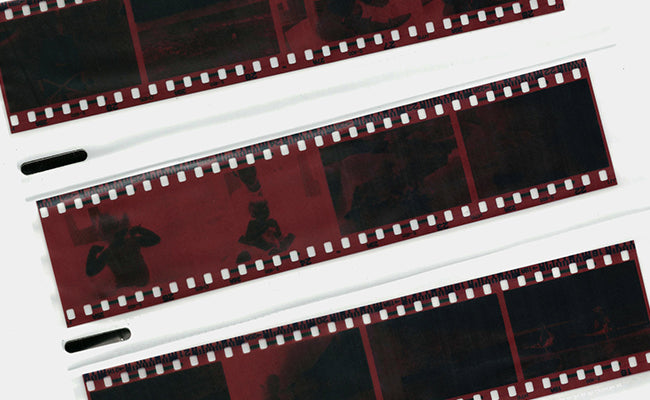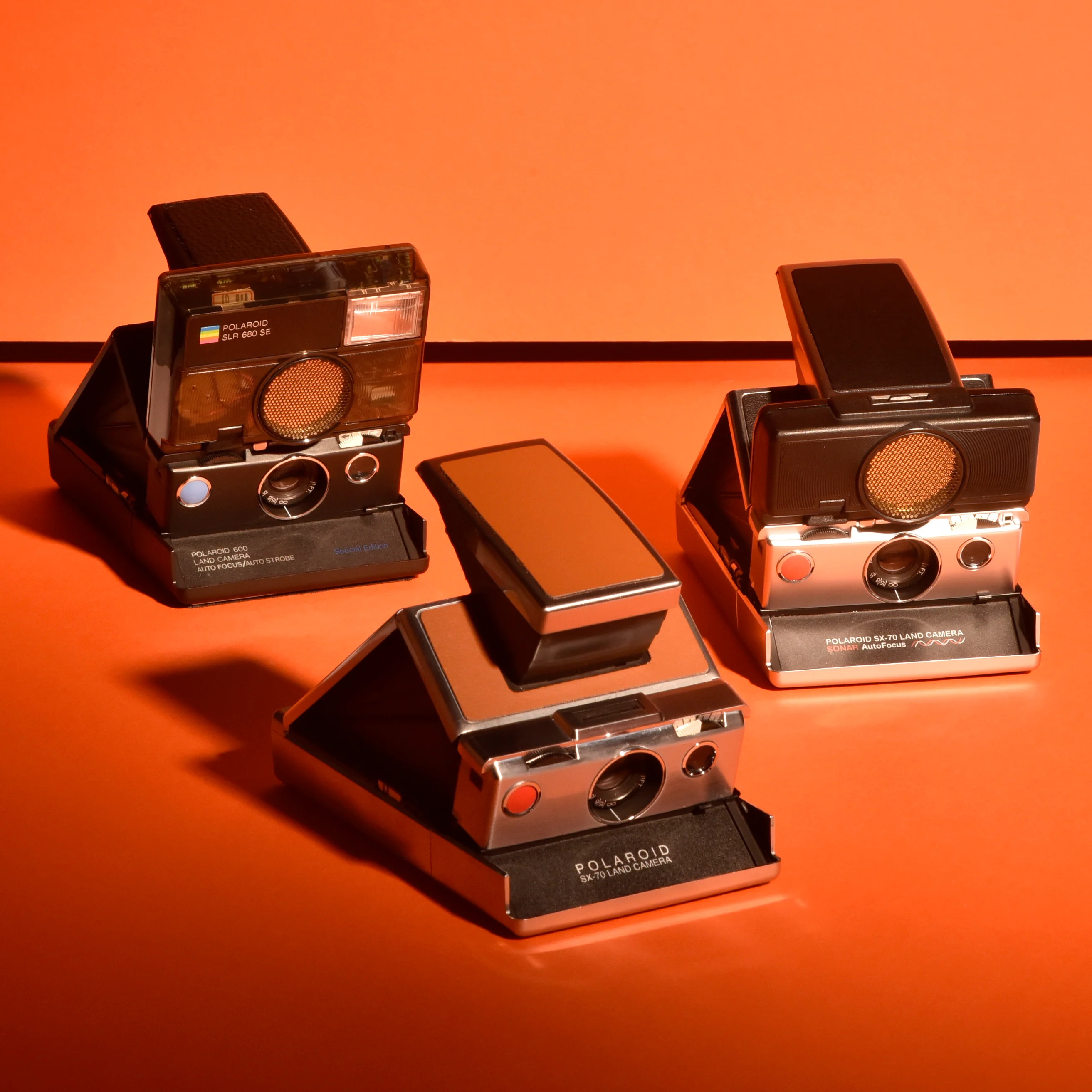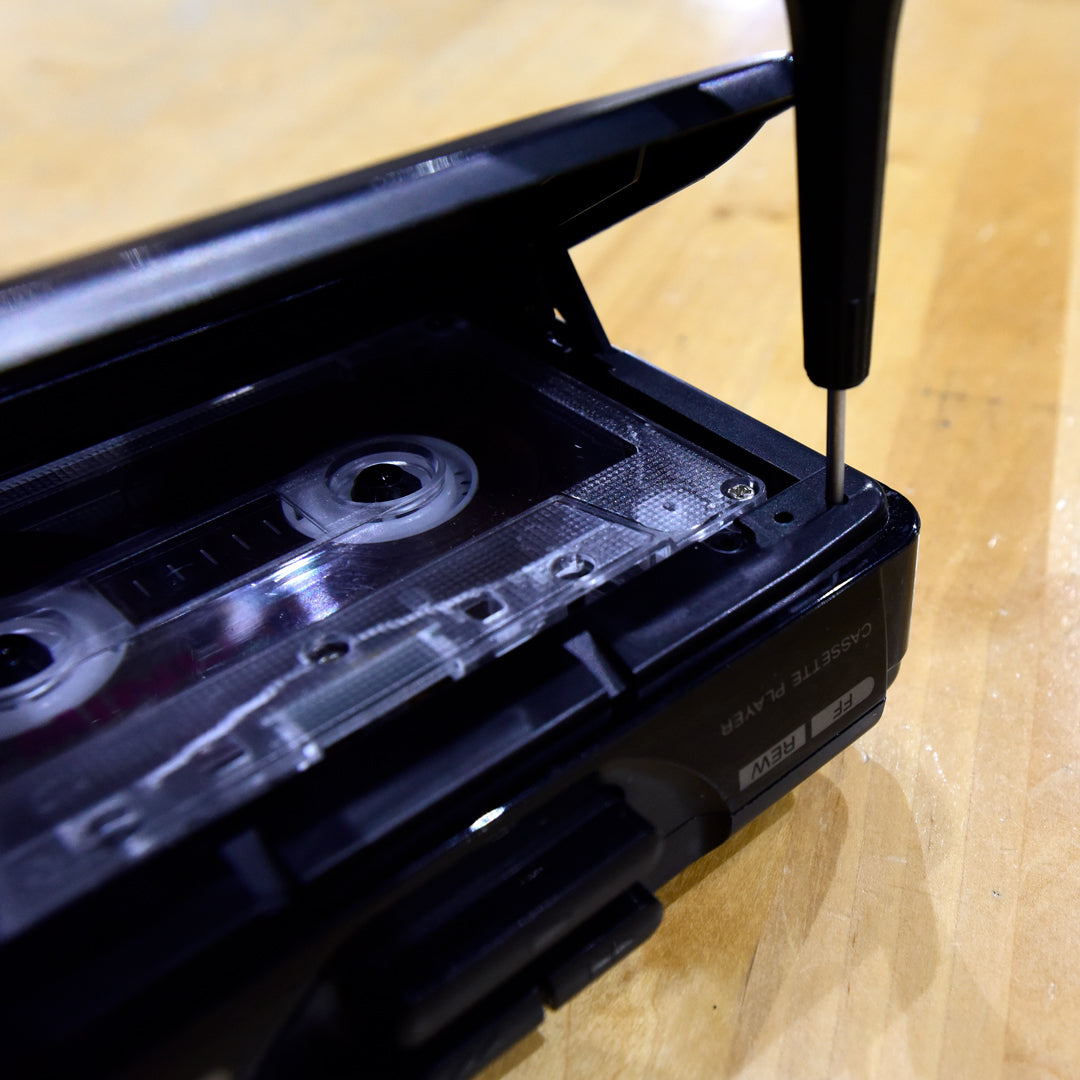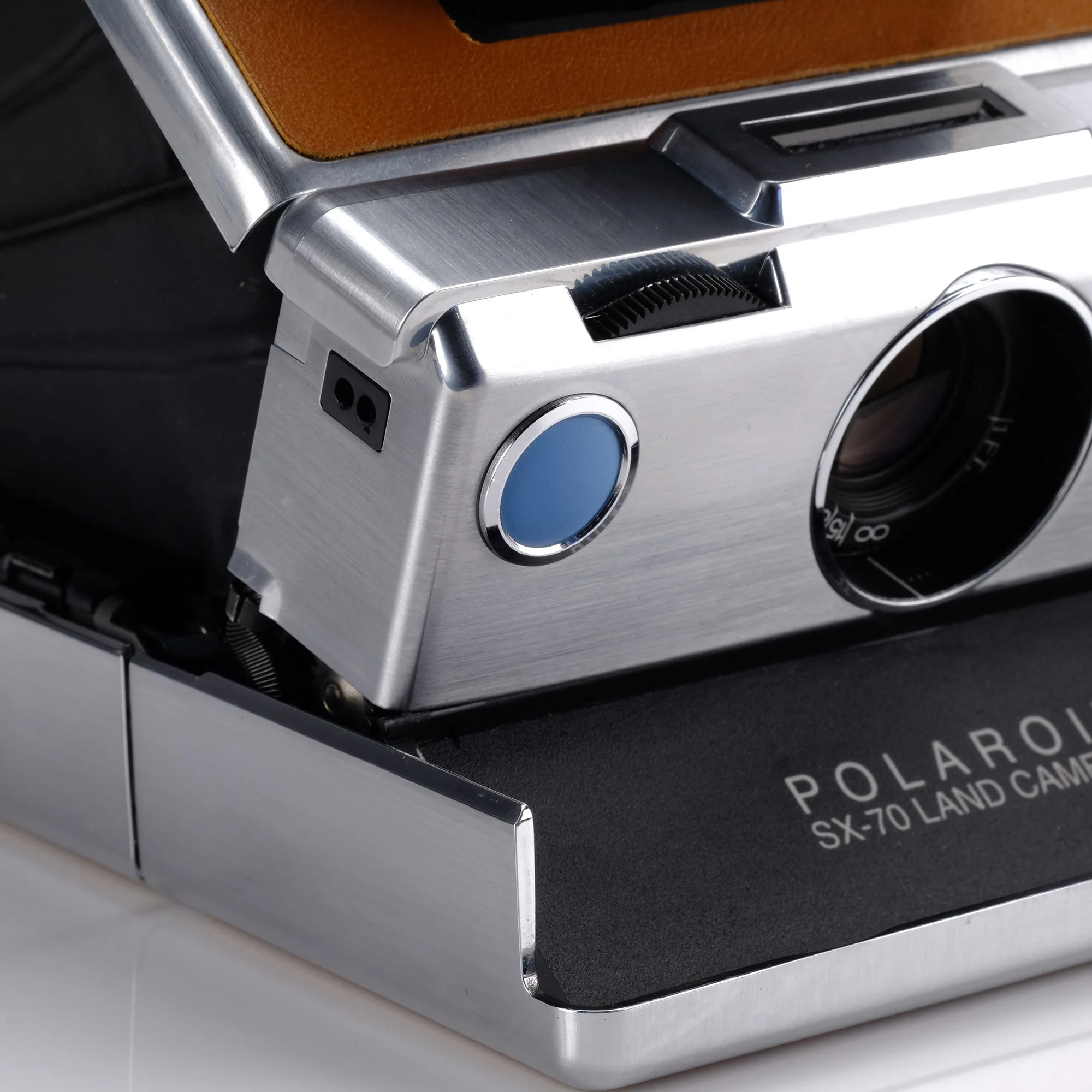What is film speed, and which ISO should I use when shooting?

ISO is the International Organization for Standardization which oversees, develops and publishes technical, industrial and commercial standards worldwide. Historically, various metrics were used to determine film sensitivity around the world - the most common were DIN (Deutsches Institut für Normung) in Europe and ASA (American Standards Association) in the United States. In 1974, ASA and DIN were combined to provide the current ISO system; typically, this is listed on the packaging as ASA/DIN.
Film speed is one of the first things to consider before you even start shooting. It can impact the shooting scenarios you may be using it in and how your final images will look.
Roll film is made of a light-sensitive emulsion of silver halide crystals coated onto a celluloid backing. The size of these crystals determines just how light sensitive the film is. Film that has fewer smaller crystals will be less sensitive but show finer detail and definition; conversely a high speed film will be more light sensitive, but the silver halide crystals will generally be a lot more noticeable and pronounced. The amount of perceptible crystals in an image is usually referred to as “grain”; high speed films are often referred to as “grainy”, whereas slower speed films are often described as being “smooth”.
Films are available in a wide range of ISO. To give you an idea, the lowest ISO film Retrospekt sells is ISO 6, while the highest we sell is ISO 3200.
Slow Film Speeds
Film speeds with a low ISO (ISO200 or less) are best for shooting in bright light conditions, like a sunny day at the beach. Lower ISO films require a lot of light to ensure proper exposure. If enough light isn’t available, slow film speeds can produce dark, blurry or murky images. Slow speed films with low ISO should generally not be used for dimly-lit areas and fast-moving subjects. We recommend using a tripod when shooting with low ISO films -- unless you have a really steady hand!
Medium Film Speeds
Medium speed film is generally found between ISO 250-ISO640. ISO 400 film is one of the most popular speeds for a reason: It’s extremely versatile and can be used in all kinds of lighting situations. With ISO 400 film, you can take photos indoors using light from doorways or windows. It’s an excellent choice for taking portraits indoors with natural lighting. ISO 400 film can also be used outdoors in cloudy or overcast conditions. It’s a great film to have on hand if you don’t know what your plans are, and you think you’ll be shooting both inside and outside.
Fast Film Speeds
Fast film speeds (ISO800 and above) will result in grainy images, but they’re ideal to use when shooting fast-moving subjects or in low light conditions. ISO 800 or higher films have often been used by photojournalists who don’t always have the best lighting to work with. The film can be used in dimly lit situations, even when you don’t have a tripod. Keep in mind that, due to the grain, photos shot on higher ISO films may not look too great when they’re enlarged.
How do I use film speeds?
The speed of your film is the basis for which you (or your camera) will make all other exposure decisions.
On some cameras, you will have to manually set the film speed (usually via a dial). This will calibrate your camera’s light meter to your chosen film, and your light meter will then be able to guide you when selecting (or will automatically set) your aperture and shutter speed.

Some cameras will automatically detect the film speed using the coding on the side of the film canister. This series of black and white bars on the cassette will automatically set your camera’s light meter to the correct settings.
 If your camera does not have a built-in light meter, you can use a handheld one or use a phone app. This is also a good tool to have in specialized circumstances where your camera’s built-in meter might be fooled, or if the meter built into your camera might be defective from age.
If your camera does not have a built-in light meter, you can use a handheld one or use a phone app. This is also a good tool to have in specialized circumstances where your camera’s built-in meter might be fooled, or if the meter built into your camera might be defective from age.


If you’re in the market for some new film, head over to our shop! You’ll find plenty of color and black and white films in a variety of ISO options. We also have plenty of new and vintage refurbished 35mm point and shoot cameras — perfect for beginners who want to step into the film world.







